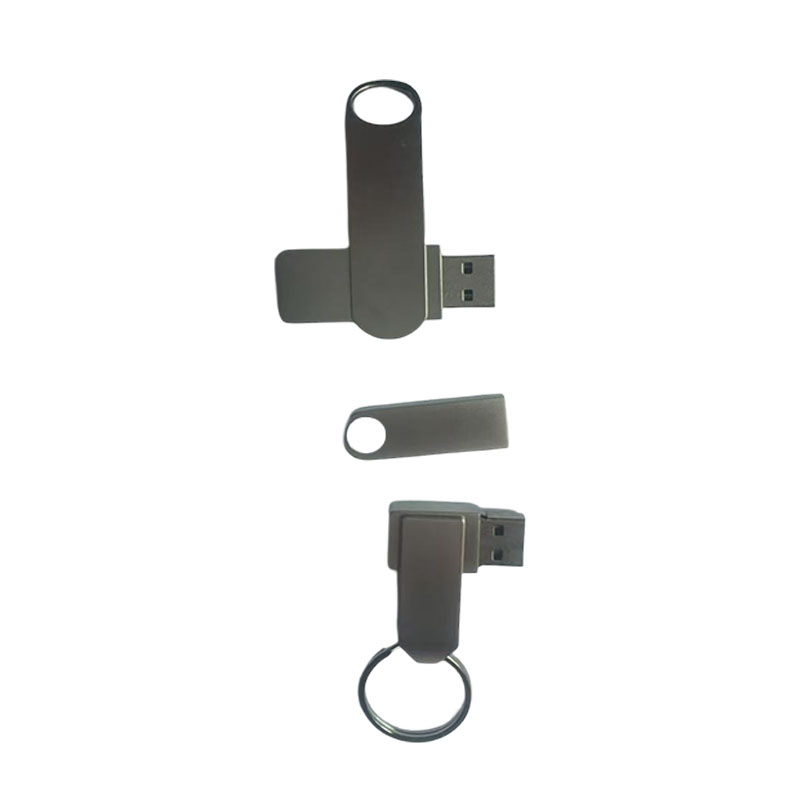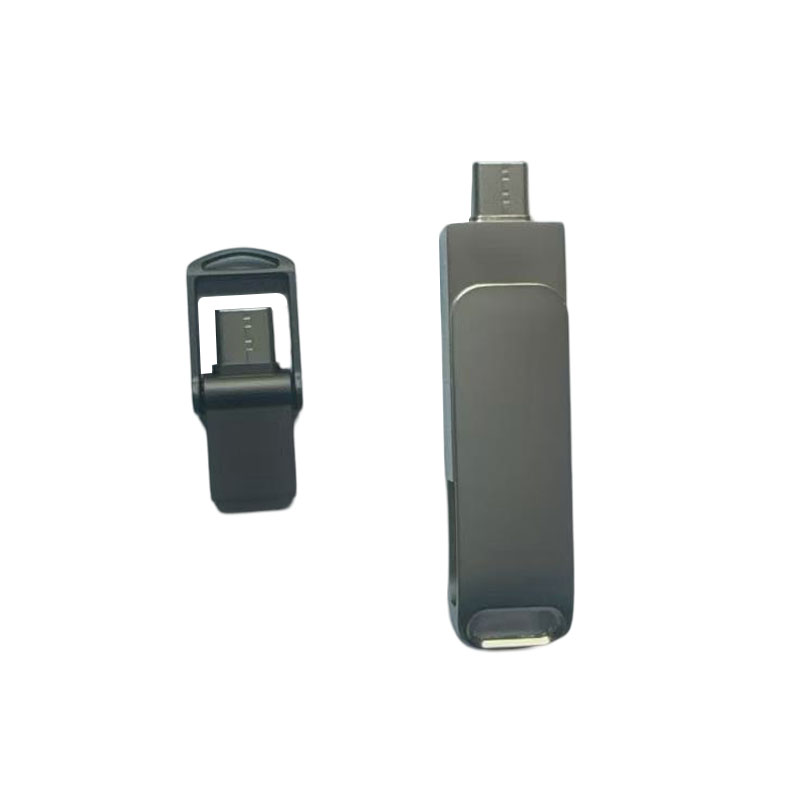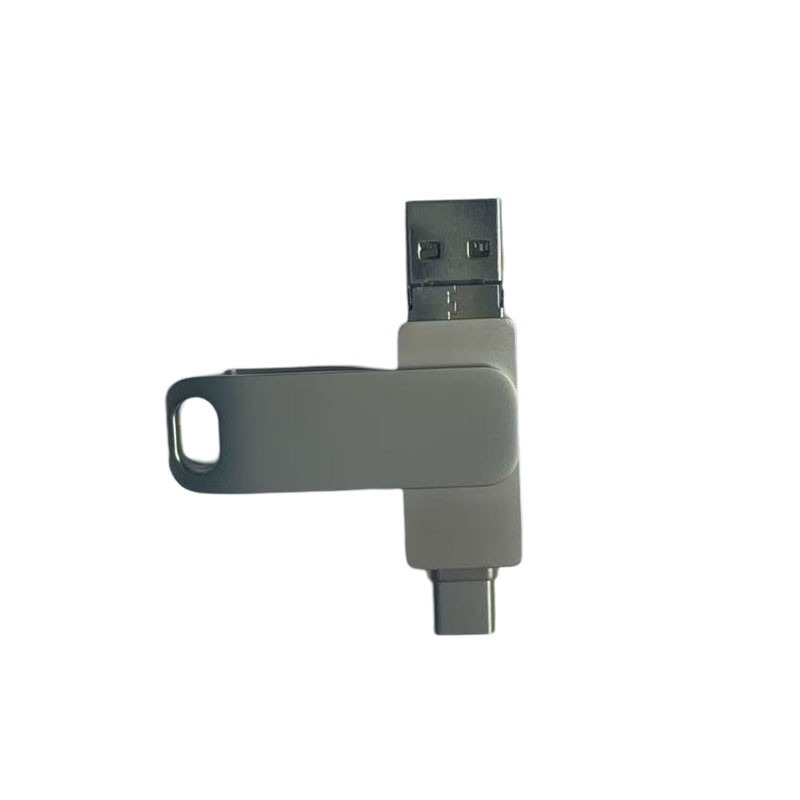How does the main control chip of a u disk detect and shield bad blocks to ensure data storage integrity and reading stability?
Release Time : 2025-09-10
The U disk's main control chip detects and blocks bad blocks. It first performs an initial scan at the factory to establish an initial "health profile" for the flash memory. During the U disk's production process, the main control chip performs block-by-block and page-by-page read and write tests on all NAND flash memory blocks. Standard test data is written to each block, and then the data is read and compared with the original data. If any data inconsistency, read timeout, or erase failure is detected, the block is marked as an "initial bad block." The main control chip also creates a bad block management table in a specific area of the flash memory (such as the spare block area), recording the address information of the initial bad blocks. This ensures that during subsequent normal use, the system will not allocate data to these identified bad blocks, thus preventing the impact of initial bad blocks on data storage.
During daily use, the main control chip performs real-time read and write verification to dynamically detect "newly added bad blocks" that occur during use. When a user writes data to a USB disk, the main control chip first temporarily stores the data in cache before writing it to the flash memory according to pre-set block allocation rules. It also generates parity information (such as ECC). When reading data, the main control chip recalculates the parity code and compares it with the parity code used during writing. If the parity doesn't match, it first attempts to repair minor data errors (such as single-bit errors) using the ECC algorithm. If the repair fails or multiple parity errors occur, the storage block is deemed damaged, marked as a "newly bad block," and the bad block management table is updated. This "read-and-write detection" mechanism promptly detects new bad blocks caused by accumulated erase/write cycles, voltage fluctuations, or environmental factors, preventing data loss caused by continued use of bad blocks.
The main control chip uses multiple rounds of retries and cross-validation to ensure the accuracy of bad block detection and avoid wasting storage space by misidentifying good blocks. When a storage block experiences a read or write anomaly for the first time, the main controller doesn't immediately identify it as bad. Instead, it adjusts read and write parameters (such as adjusting signal strength and increasing read latency) and performs multiple retries. If read or write operations still fail after these retries, it switches to a different detection mode (such as using a backup read/write channel) for cross-verification. For example, it attempts to read and write the block again through a different I/O interface. Only if the results are consistently abnormal is the block finally confirmed as bad. This rigorous detection logic eliminates false errors caused by transient interference (such as poor USB connection or brief voltage fluctuations), ensuring that every marked bad block is truly malfunctioning, maximizing the utilization of available storage space.
While masking bad blocks, the main controller chip invokes a "spare block replacement mechanism" to ensure storage space continuity and data integrity. The u-disk's NAND flash memory reserves a certain number of spare storage blocks. When the controller detects and marks a new bad block, it automatically allocates a healthy block from the spare blocks to replace the bad block. If the bad block already contains data, the controller first migrates the recoverable data to the newly allocated spare block before completely blocking the bad block. If the bad block is the target block for data to be written, the data is directly written to the spare block, skipping the bad block. This "replacement + migration" operation is performed entirely automatically by the controller, requiring no manual user intervention. This prevents bad blocks from occupying storage space and ensures that data is not corrupted or lost due to unusable bad blocks.
The controller chip uses a dynamically updated bad block management table to achieve long-term management and isolation of all bad blocks. The bad block management table not only records the bad block address but also the bad block type (initial bad block, newly added bad block), detection time, and data migration status. This table is regularly backed up to multiple different areas of the flash memory (such as the main storage area and the spare management area) to prevent damage to a single area and loss of the management table. Each time the USB disk is powered on, the main control chip first reads and verifies the bad block management table to ensure the integrity of the information in the table. Subsequently, during data allocation and read/write scheduling, it strictly refers to the bad block addresses in the management table and automatically skips all areas marked as bad. Whether writing new data or reading existing data, bad blocks are not touched. This logically isolates bad blocks and prevents them from interfering with normal storage operations.
The main control chip uses differentiated bad block detection strategies for different types of NAND flash memory (such as SLC, MLC, and TLC) to improve detection targeting and efficiency. For example, TLC flash memory has a relatively short erase/write lifespan and is more prone to new bad blocks. Therefore, the main control chip sets a more frequent detection cycle for this type of memory. After a certain number of erase/write operations, it automatically triggers a local scan to proactively identify potentially unstable blocks. SLC flash memory, on the other hand, offers higher stability, so the detection cycle can be extended to reduce unnecessary performance overhead. The controller also adjusts the read and write test units and parameters based on the page size and block structure of different flash memory types. For example, for large-page flash memory, it uses a page-by-page grouping test method, ensuring comprehensive coverage while avoiding lengthy single test cycles that could impact the user experience.
Furthermore, the controller chip indirectly reduces the generation of bad blocks through a wear-leveling algorithm, reducing the burden of bad block detection and blocking at the source. The wear-leveling algorithm evenly distributes data across all valid storage blocks, preventing premature aging and bad blocks caused by frequent erases and writes in a particular area. For example, when the number of erases and writes on a block approaches a threshold, the controller proactively migrates the data in that block to a less-loaded block, allowing the high-load block to rest and slowing its aging. By reducing the frequency of new bad blocks, the controller not only reduces the detection and blocking burden on the controller but also extends the overall lifespan of the USB disk, indirectly ensuring the long-term stability of data storage and forming a complete protection chain of "prevention-detection-blocking-replacement."







